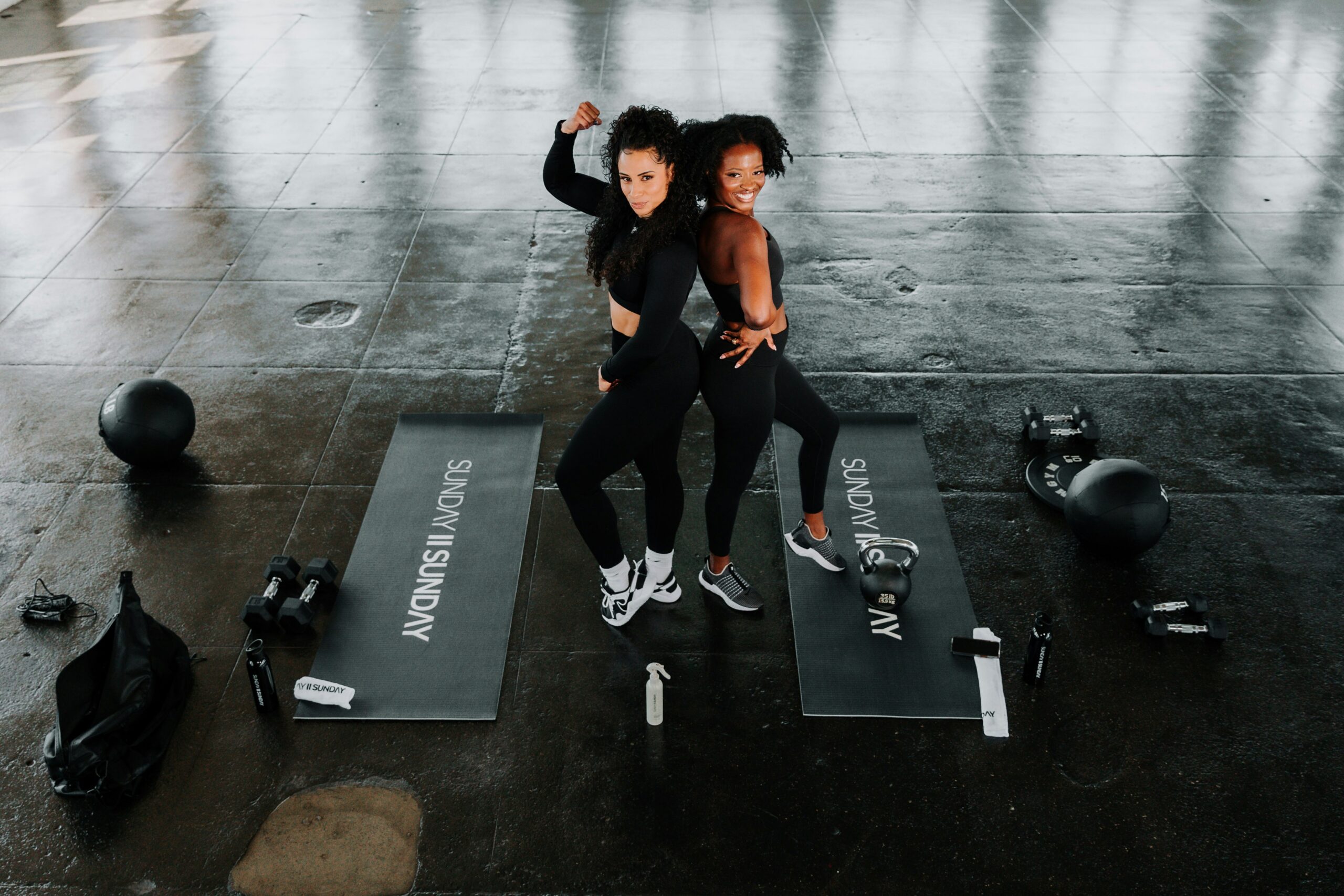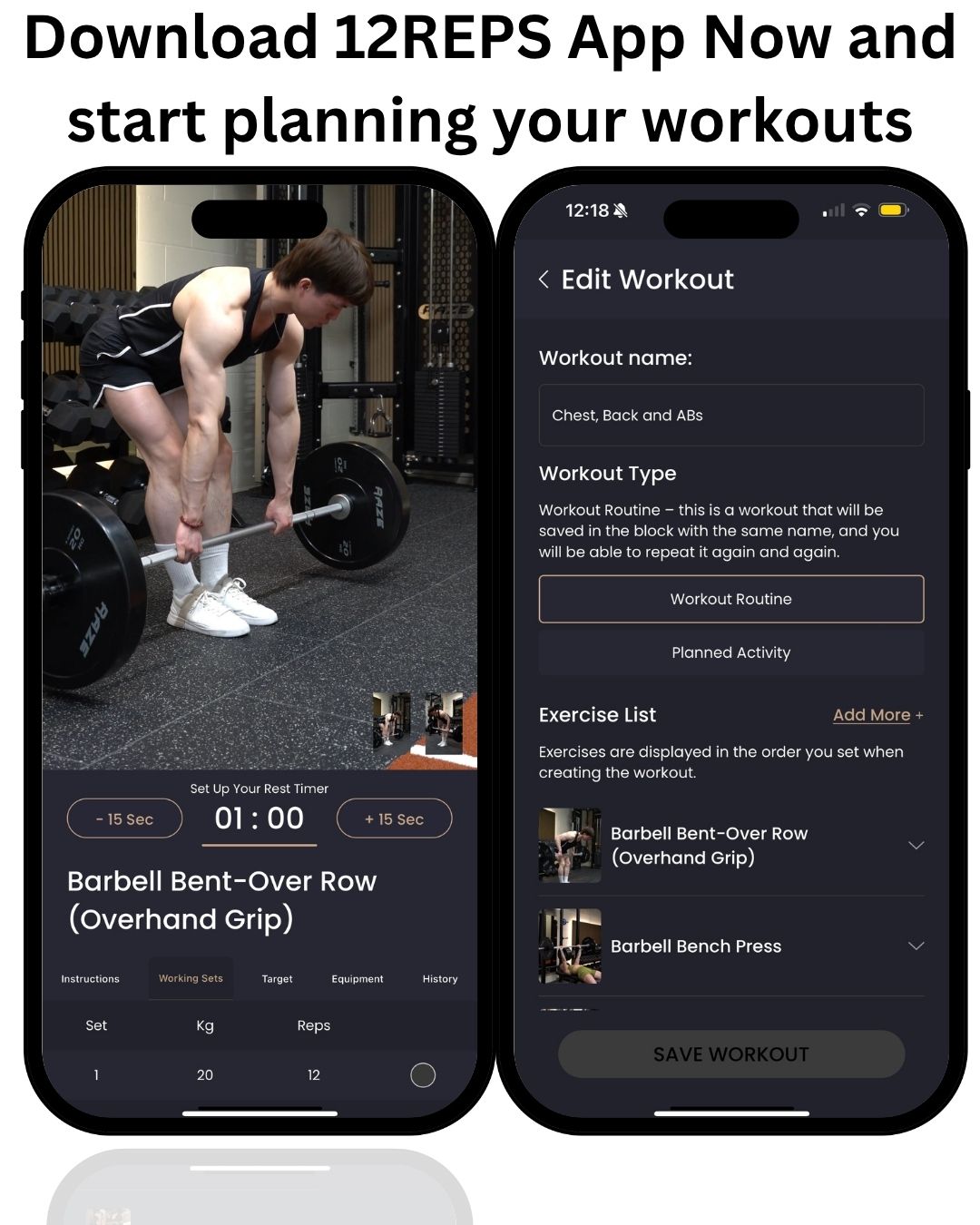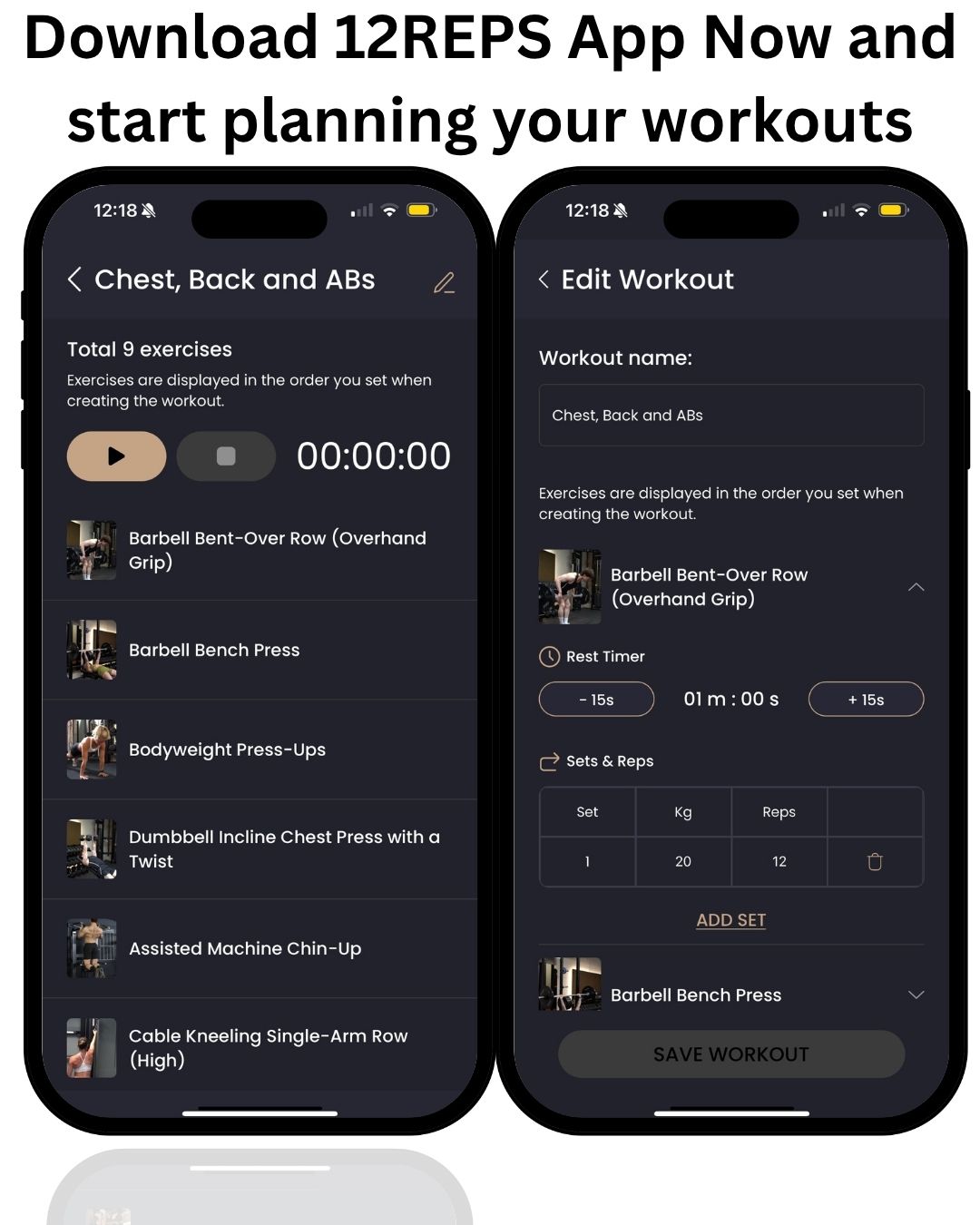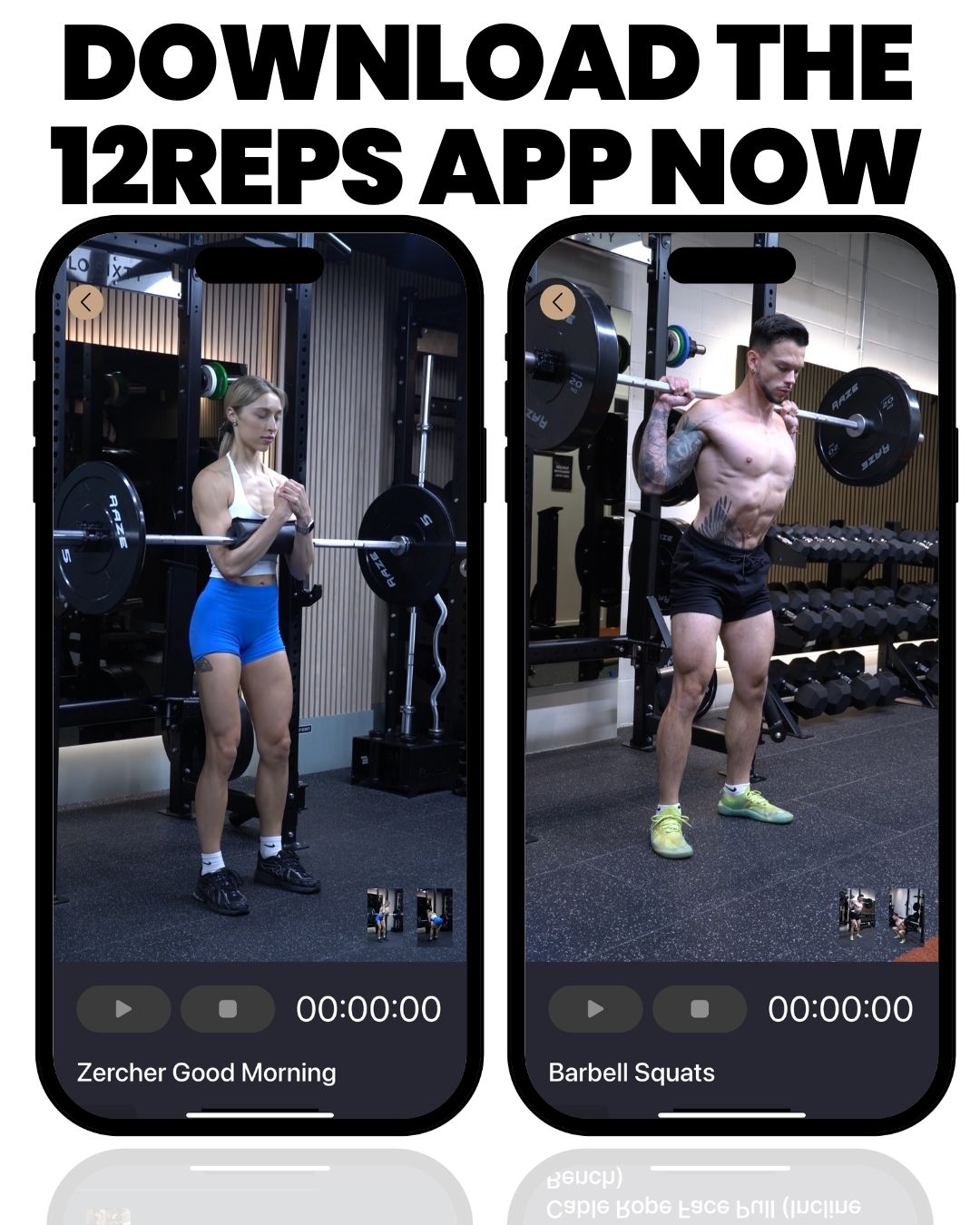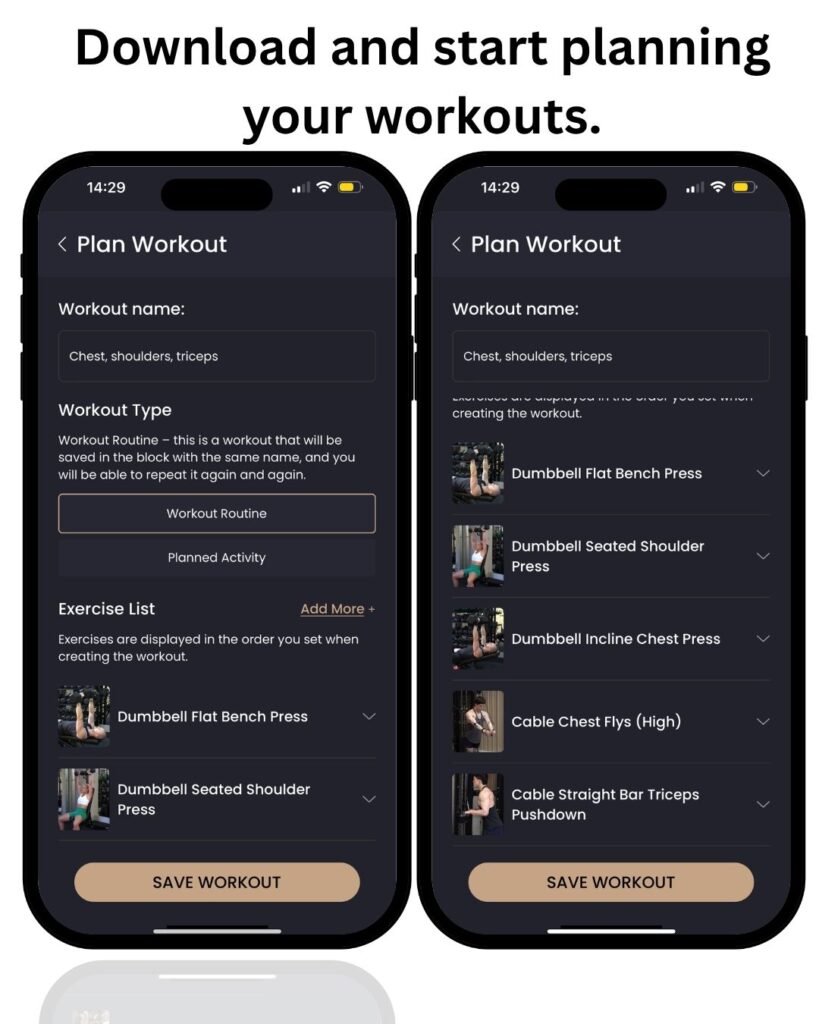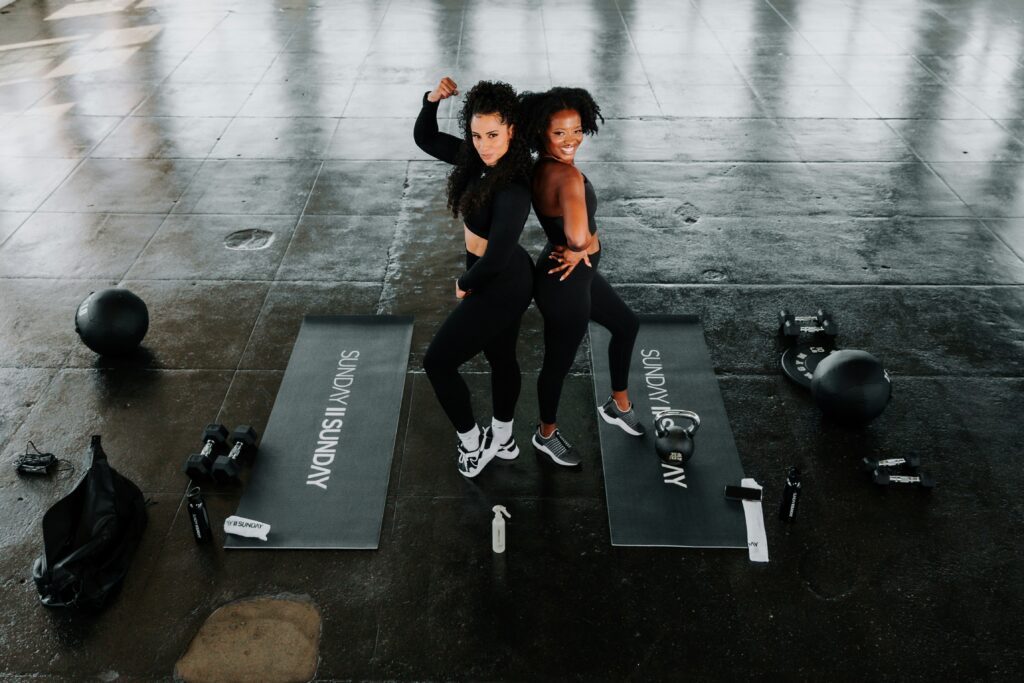By Will Duru, BSc (Hons) Sport and Exercise Science, Award-winning Personal Trainer with over 10 years of experience in strength training and optimising recovery.
After menopause, the word “osteoporosis” can start to feel very real. It’s a word that might have been in the back of your mind for years, but now it feels like it’s knocking on your front door. You might hear your doctor talk about bone scans and fracture risk, and it’s easy to start thinking that having strong, healthy bones is a thing of the past. It can feel like a one-way street of decline. But what if I told you that you could not just slow down that bone loss, but you could actually stop it in its tracks, and in many cases, even reverse it? What if you could build stronger, denser bones in your 50s, 60s, and beyond?
It’s not just wishful thinking; it’s a scientific reality. The problem is very real. When you go through menopause, the level of estrogen in your body drops significantly. Estrogen is a hormone that plays a huge role in protecting your bones. When it declines, the rate at which you lose bone tissue speeds up dramatically. This is why women are at a much higher risk of developing osteoporosis and suffering from fractures than men are. It can feel like a scary and uncontrollable process, something that is just “happening” to you. But I am here to tell you, with absolute confidence, that you are not helpless in this process.
So, can you really improve your bone density after menopause? The answer is a resounding yes. You have two incredibly powerful tools at your disposal to do this: targeted, smart exercise and proper, supportive nutrition. And of the two, there is one that stands head and shoulders above the rest as the single most effective, most important thing you can do for your bones. That tool is strength training. Let’s talk about how you can become the architect of a stronger, more resilient skeleton.
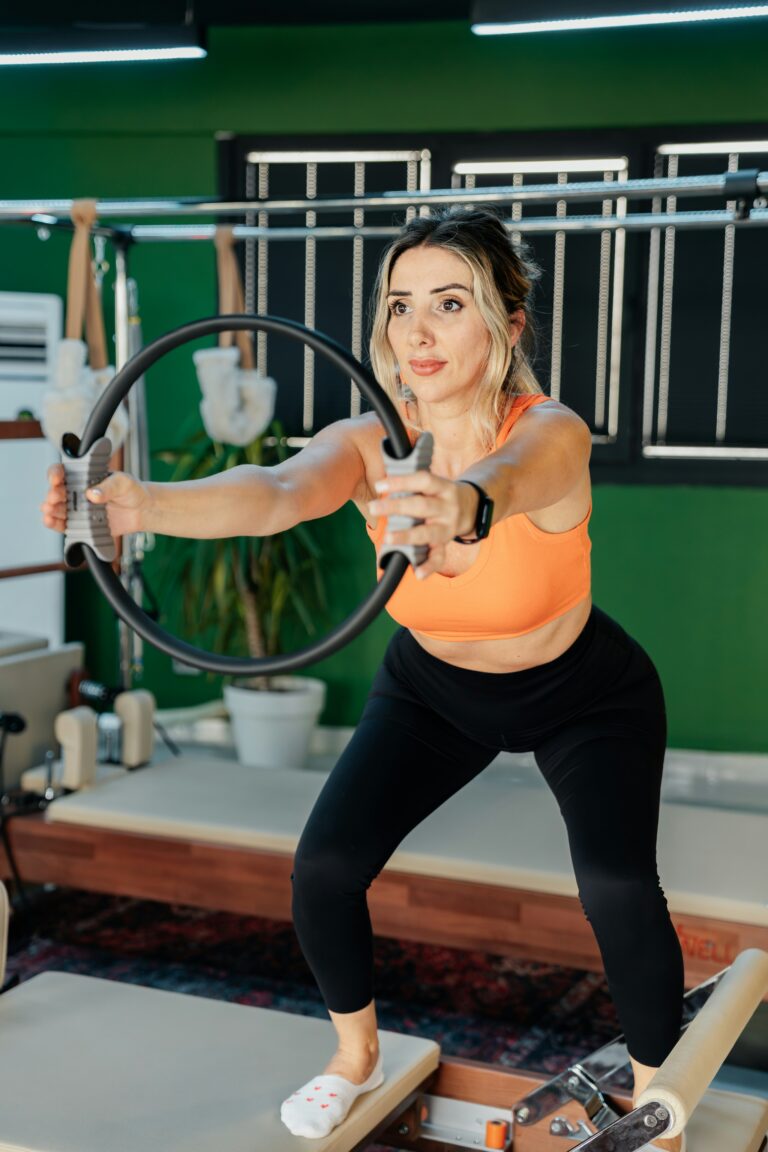
How Strength Training Builds Bone
To understand why strength training is so powerful, you need to know about a simple but profound principle called Wolff’s Law. This law was described by a German surgeon named Julius Wolff way back in the 19th century, and it basically says that your bones will adapt to the loads or stresses that are placed upon them. In very simple terms: when you put your bones under a healthy amount of stress, they respond by becoming stronger and denser. It’s your body’s amazing, built-in mechanism for creating a skeleton that is perfectly suited to the demands of your life.
I like to use the analogy of a construction crew. Think of your bones as a building that is constantly being maintained. You have a crew of workers called osteoblasts, and their job is to build new bone tissue. When you lift a weight, your muscles pull on your bones. This pulling action creates a tiny, safe amount of bending and stress on the bone. This stress is like the foreman of the construction crew shouting, “Hey! We need to reinforce this area! It’s under load!” In response to that signal, the osteoblasts get to work. They come to the site of the stress and start laying down new layers of bone matrix, like adding more scaffolding and concrete to make the structure stronger. This is not a theory; it’s a direct, mechanical signal that has been proven in countless studies. A large meta-analysis looking at the effects of resistance training on postmenopausal women confirmed that this type of exercise has a positive and significant effect on bone mineral density. [1]
So, what kind of training provides this bone-building signal? The keyword is progressive. The load has to be challenging enough to get the attention of that construction crew. This is why lifting weights is so much more effective for building bone density than activities like walking or swimming. While those activities are great for your heart, they don’t provide the specific, targeted stress that your bones need to remodel. You need to be lifting weights that are heavy enough to challenge you. This doesn’t mean you need to become a powerlifter, but it does mean you need to be consistent and aim to get a little bit stronger over time. This is why following a structured program is so important. Using a tool like the 12reps app can help you track your workouts, ensuring that you are safely and effectively progressing the weights you lift, which is the secret to sending that continuous bone-building signal.
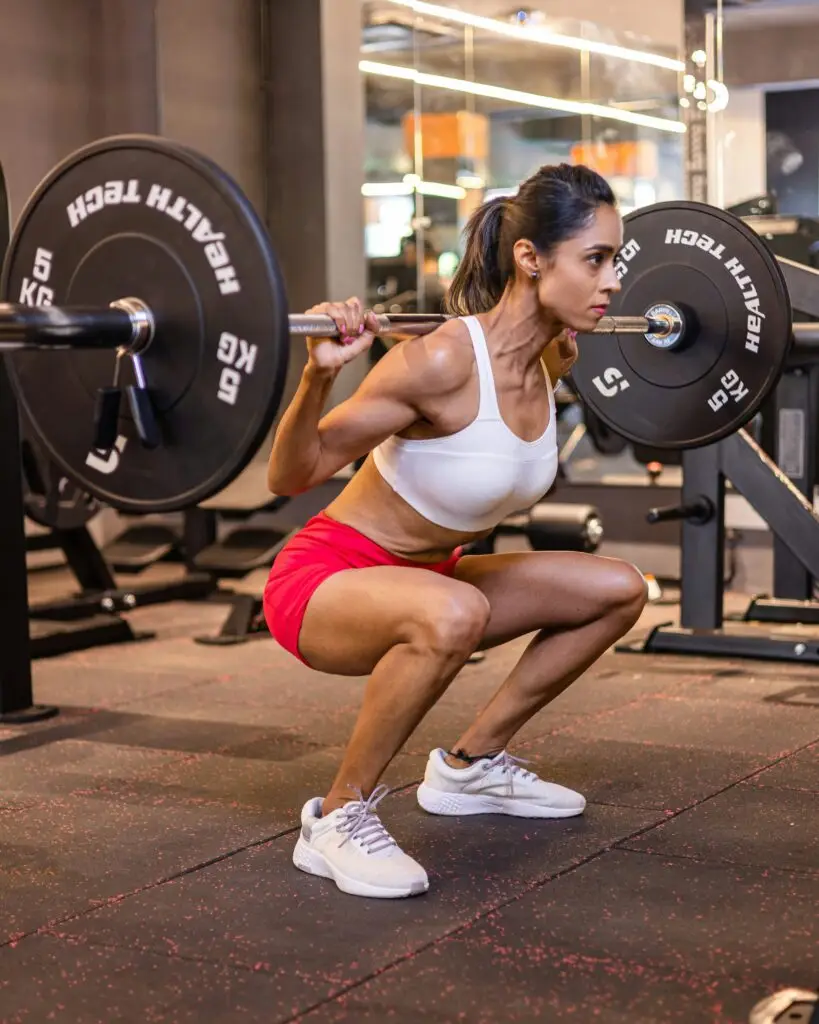
The Best Exercises for Bone Health
Now that you understand why strength training works, let’s talk about what kind of exercises are best. While any resistance training is good, some exercises are superstars when it comes to building bone. We want to focus on compound, multi-joint exercises. These are movements that use multiple muscle groups at once and, most importantly, they load your spine and your hips. These are two of the areas that are most vulnerable to osteoporotic fractures, so we want to target them directly.
I have what I call my “Big Five for Bone.” These are the five foundational movements that I believe give you the most bang for your buck when it comes to building a strong skeleton:
- Squats (and their variations): The squat is the king of lower-body exercises for a reason. When you perform a squat with weight (whether it’s a barbell, dumbbells, or a kettlebell), you are directly loading your hips and your spine, sending that powerful bone-building signal right where you need it most.
- Deadlifts (and their variations): The deadlift is another incredibly powerful tool. It involves lifting a weight from the floor, which strengthens your entire back, your glutes, and your hamstrings. It is one of the best exercises for building bone density in your hips and spine.
- The Overhead Press: This exercise, where you press a weight from your shoulders to overhead, is fantastic for loading your spine in a safe, upright position. It also builds strength in your shoulders and upper back, which is crucial for good posture.
- Rows: Any kind of rowing movement, whether it’s with dumbbells, a barbell, or a cable machine, is excellent for strengthening the muscles of your upper back. A strong back helps you maintain an upright posture, which reduces stress on your spine.
- Loaded Carries: This is one of my favorite and most underrated exercises. It’s as simple as it sounds: you pick up a heavy weight in each hand (like in a Farmer’s Walk) and you walk. This simple act builds tremendous grip strength (which is a key indicator of overall health and longevity), and it loads your entire skeleton from your hands to your feet.
Learning how to perform these lifts with good, safe form is absolutely crucial. You don’t need to lift super heavy right away, but you do need to move well. This is where having a good plan and clear instructions is so important. I encourage all my clients to use the comprehensive exercise library in the 12reps app. It has videos and instructions for all of these key lifts, and it provides structured programs that are designed for safe and effective muscle building and bone strengthening.
The Nutritional Building Blocks
So, you’re in the gym, you’re lifting weights, and you’re sending that powerful signal to your bones to get stronger. That’s the first half of the equation. The second half is giving your body the raw materials it needs to actually do the construction work. Exercise provides the signal, but your nutrition provides the building blocks.
When it comes to bone health, there are three key nutrients you need to focus on. The first two are the famous “dynamic duo” that you’ve probably heard about before: Calcium and Vitamin D. Think of it this way: Calcium is the bricks you need to build your bone structure. Vitamin D is the mortar that allows your body to absorb and use those bricks. You can eat all the calcium in the world, but if you are deficient in Vitamin D, you won’t be able to use it effectively. The National Osteoporosis Foundation provides clear guidelines on this, recommending that women over 50 aim for about 1,200 mg of calcium per day. [3] It’s always best to try and get your calcium from food sources first—things like dairy products (milk, yogurt, cheese), leafy green vegetables (like kale and broccoli), and fortified foods. If you struggle to get enough from your diet, a supplement can be a good idea. For Vitamin D, it’s very common to be deficient, so I strongly recommend that all my clients get their levels checked by their doctor and supplement accordingly.
But there is a third, often-forgotten building block that is just as important: protein. We tend to think of bones as being hard, inert structures, but they are living tissues. In fact, about 50% of your bone’s volume is made up of protein. This protein forms a flexible, collagen matrix that gives your bones their resilience and ability to withstand impact without fracturing. A diet that is too low in protein can compromise this matrix, leaving your bones more brittle. Ensuring you are eating enough protein every day is not just for your muscles; it’s for your bones, too.
Conclusion
Let’s bring this all home. After menopause, you are not a victim of inevitable bone loss. You are not destined to become frail. You have an incredible amount of control over the health of your skeleton. The strategy is a powerful one-two punch:
- Strength Training: You need to send the signal to your bones to grow stronger by lifting challenging weights, focusing on big, compound movements.
- Proper Nutrition: You need to provide your body with the essential building blocks of Calcium, Vitamin D, and Protein to do the construction work.
This isn’t a complicated or scary process. It’s a message of hope and empowerment. You have the power to become the architect of a stronger, more resilient skeleton, at any age. You can choose to build a body that is robust, capable, and ready for all the adventures that life has in store for you.
Are you ready to build a stronger you, from the inside out? It’s time to take the first step. I encourage you to start your free trial of the 12reps app today. Get access to the programs, the tools, and the guidance you need to build a stronger body and a stronger future.
References
- [1] Zhao, F., et al. (2025). Optimal resistance training parameters for improving bone mineral density in postmenopausal women: a systematic review and meta-analysis. Journal of Orthopaedic Surgery and Research, 20(1), 1-13. https://josr-online.biomedcentral.com/articles/10.1186/s13018-025-05890-1
- [2] Physio-pedia. (n.d.). Wolff’s Law. https://www.physio-pedia.com/Wolff%27s_Law
- [3] Bone Health & Osteoporosis Foundation. (n.d.). Calcium/Vitamin D Requirements, Recommended Foods & Supplements. https://www.bonehealthandosteoporosis.org/patients/treatment/calciumvitamin-d/

